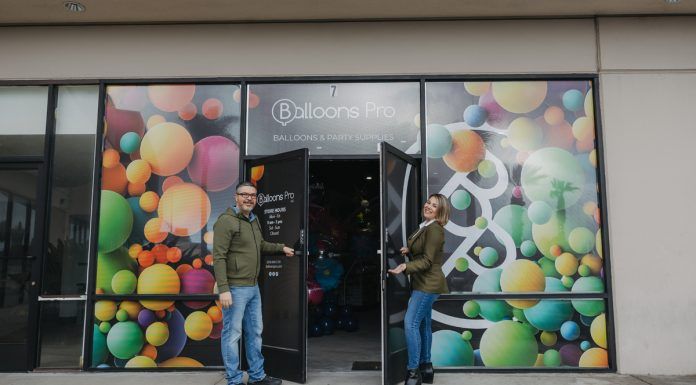The number of homicides in the city of National City in the last five years has remained steady, according to police records.
National City Police data shows since 2012 there have been 12 homicide cases, with all but one case unsolved.
The Oct. 11, 2015 shooting death of a man at 1700 Prospect Ave. remains open as there have not been any arrests, said National City Police Chief Manuel Rodriguez.
On this night, a man and a teenager were sitting in a car, when a gunman walked up to the car and for an unknown reason exchanged words with the two, Rodriguez said. The man then shot the two victims as they sat in their car, killing one of them and injuring the teenager.
Despite the open case, Rodriguez applauds the city’s high solvency rate when it comes to solving homicides cases.
The department has solved 91 percent of their homicide cases in the last five years, and 96 percent of their cases in the past 10 years. Rodriguez credits the department’s high solvency rate to his staff saying they are highly dedicated in solving these cases because they care for their community.
In 2012, there were three homicides in the city, followed by two in 2013. In 2014, there were also two homicides as was the case in 2015.
Last year, the second oldest city in the county with a population of 59, 834 had three homicide deaths.
Rodriguez said in those five years, three of the 12 homicides were related to domestic violence.
While homicides leave the family of a victim with grief and the family of a suspect with mixed emotions, National City taxpayers feel a financial burden.
Rodriguez said the cost for the department to investigate a homicide typically ranges between $20,000 to $30,000, which he said comes at the expense of National City taxpayers.
“I think that is the one part that people don’t often think about is that there’s a price, an actual cost, to investigations, especially homicides, because they take up a lot more resources,” he said. “People don’t realize there is an actual cost to taxpayers, there’s always a cost for crime.”
Expenses include on going investigations, evidence collection and follow-ups. Majority of the costs goes toward the overtime pay for detectives, Rodriguez said. Rodriguez said these are internal costs that do not include the cost for the San Diego District Attorney’s office handling of a homicide case.
The department has a $21.5 million annual budget. Money spent on solving homicide cases comes out of the department’s $600,000 annual overtime budget. The department’s budget is up for consideration in June.
National City police department’s homicide team in National City consists of nine detectives, a supervisor and a crime scene person.
With three homicide cases in 2016, taxpayers potentially paid an upwards of $60,00 for the police to solve those three cases.
“Obviously the more homicides you have, the costlier it becomes for the taxpayer,” Rodriguez said. “If we don’t solve them, we don’t close out the case.”
The most recent homicide case solved in November, involved a 92-year-old woman found dead in her apartment after an alleged burglary.
Rodriguez said that case costs about $22,000 to solve. He said that cost was on the lower end of the scale because the homicide happened during the day so the department didn’t have to pay overtime for a portion of the investigation because detectives were already working.
Rodriguez said the department invests more in solving homicide cases because they are a capital crime, and that the department wants to be able to quickly solve those cases to bring justice for the victim’s family and hold those responsible accountable for the crime.
Based on types of crimes, homicides remain the most expensive to investigate because of the amount of time and resources used to solve the case, Rodriguez said.
In some years National City there were no related costs, like in 2008 when there were no homicides in National City.
“It’s just the luck of the draw [to have zero homicides],” Rodriguez said.














